Pierce Brosnan’s Wife Stuns People With Her Transformation During Her Latest Appearance

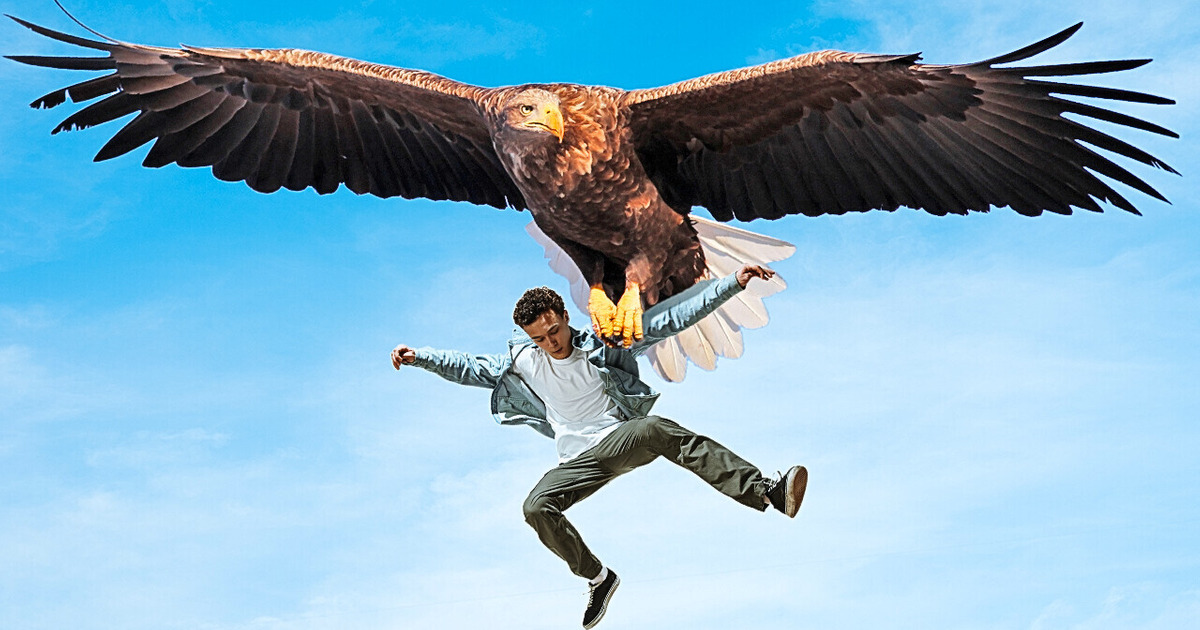
One of the strongest birds on our planet is the harpy eagle. It’s an apex predator, and you can find it in the tropical regions of Central and South America. In terms of their lifting capabilities, they’ve been recorded to tackle up to 40 lbs!
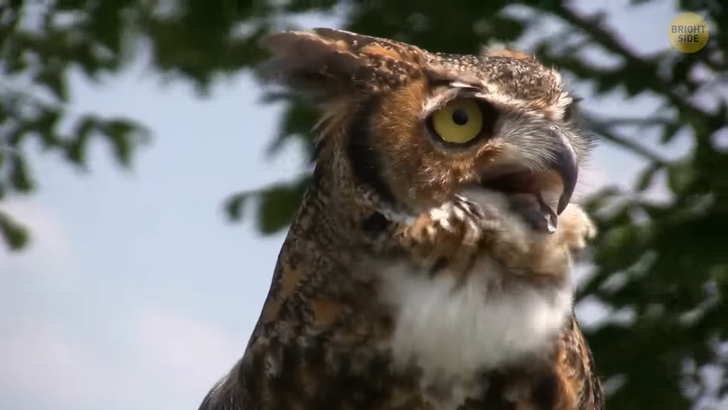
The females of the species are bigger and stronger and can sometimes lift even more than that! Why do they need to lift that much, you might ask. Well, because on their menus — they often hunt mammals that are larger than they are, like sloths or even monkeys.
The birds’ strength mostly comes from their sharp claws, which are similar in size to the human hand. Not only are these claws good at carrying things, but they also help the birds crush objects, like the bones of their prey.
Owls are equally as strong, and the great horned one is among the toughest birds out there. The primary residence of this species is in North and South America. As for their eating preferences, you’ll often find them hunting for small mammals, like rabbits or other rodents.
On average, an adult male of this species can weigh up to 5.5 lbs. But it can lift up to four times its body weight! That’s because of their awesome wingspan — about 5 feet — and sharp claws that stretch for up to 3 inches in length.
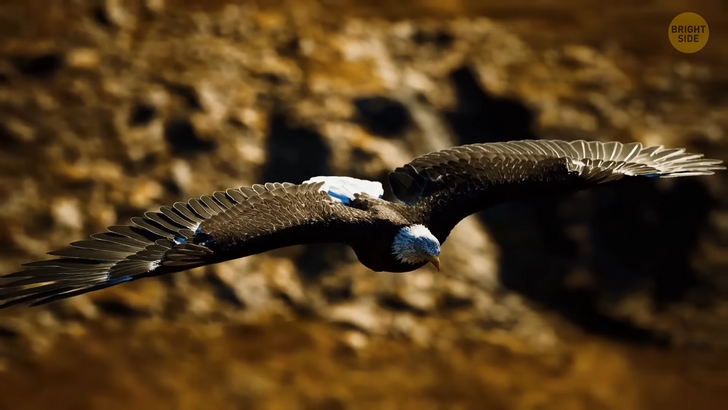
The biggest type of falcon on Earth is the gyrfalcon. It may weigh somewhere around 3 lbs, but it can lift up to 5 lbs! It’s similar to you trying to fly while carrying a panda bear!
They also have a wingspan of about 6.6 feet, paired with razor-sharp claws that can go up to 3.1 inches in length. No wonder the gyrfalcon is one of the most feared predators in the Arctic region. They mostly feed on birds, such as ptarmigans, waterfowls, pheasants, and even other falcons.
The Bald Eagle is the national emblem of the United States, so you can safely assume it’s a powerful and independent bird. It can weigh anywhere between 6.6 and 13.9 pounds. It stands pretty tall, too, at 28–40 inches. The greatest weight a bald eagle has been recorded to carry is 15 pounds!
Interestingly, their diet mostly consists of fish. The reason why the bald eagle can carry so much weight is because of its large wingspan, which can be from 71 to 90 inches. Apart from that, it has an impressive diving speed, too: up to 99 mph.
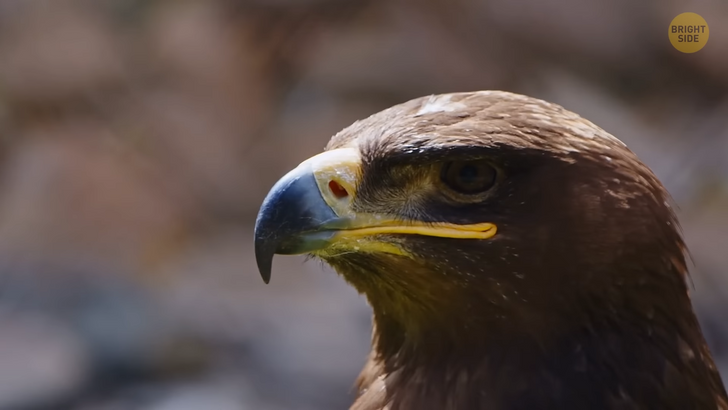
One of the largest birds of prey in North and South America is called the red-tailed hawk. Looking at its measurements, you’ll see it can weigh roughly 3.5 lbs. Their wings stretch for 4.5 feet, and their strong claws can reach 3 inches in length. Similar to the gyrfalcon, these powerful birds can carry almost double their weight. You’ll find them hunting for squirrels and rabbits, for the most part, but they do enjoy small birds, too, as well as fish and reptiles.
Taking the gold medal for heavy weightlifting on our planet is not a bird but an insect: the bumblebee. They can lift up to 80 percent of their body weight when they are in the air. That would be a lot, even if they were simply crawling!
Not only are they strong, but they seem to have great knowledge, too. To reach as many flowers as they do to gather pollen, they use complex mathematics that can be difficult even for a computer. That’s because these amazing insects take into consideration all the elements and parameters to ensure their results are very precise.
Bumblebees look at the distance they need to travel, estimate how much energy they have left, and even use the direction of the wind to boost their speed. They’re also able to check which flowers have the best quality pollen before heading for them. If that’s not astonishing enough, they don’t even stop to make all these measurements: they do it while flying!
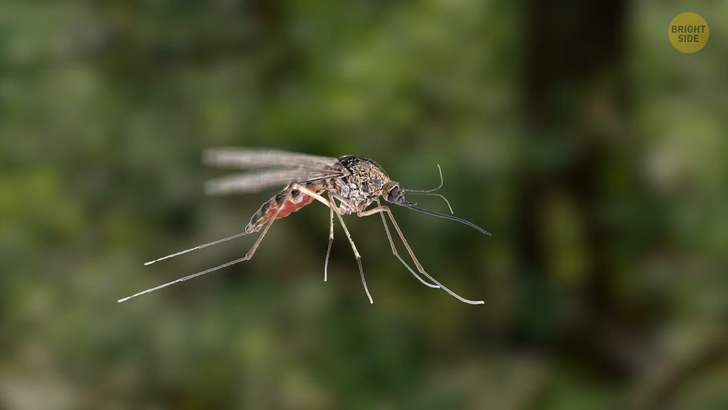
Mosquitos are just as impressive when it comes to their flying skills. Not because of how much they can lift, although that’s also quite impressive: the belly of a mosquito can carry three times its own weight! But it’s also their unique flying style that makes them special — and hard to study!
For starters, they spend a lot of time in the air. It’s where they find mates, hunt, and even lay eggs. Because of how hard it is to study the flight of such a small insect, for a long period of time, we simply assumed that mosquitos were not that good at flying. But in 2017, a team of researchers eventually figured out how mosquitos stayed in the air. The scientists used eight cameras for the experiment, and each of them captured 10,000 frames per second.
Bees or flies, for example, catch wind under their large wing flaps and use it to boost their speed. Unlike them, mosquitoes use a combination of movements: they have short wing flaps that they pair with a spinning motion. This unique flying pattern allows them to create pockets of air, which both launches them forward and keeps them afloat.
Try to imagine sticking your hand out of a car window while driving. Each time you change the angle of your hand, you can feel it being lifted. All because of that small pocket of air that is trapped in your palm. That’s exactly what mosquitos do, and it allows them to move in whatever direction they want with enough boost.
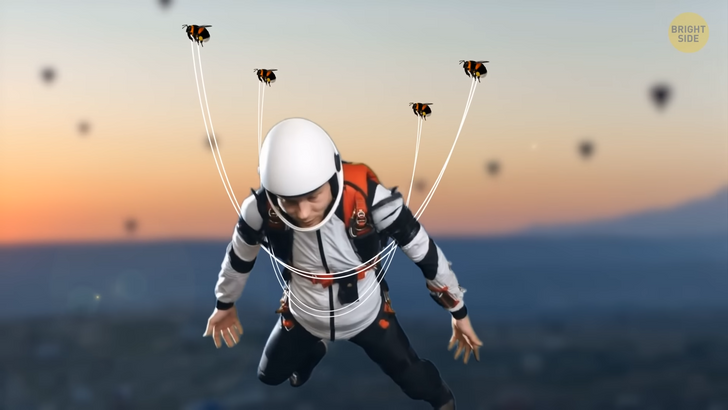
So, we’ve established that all sorts of flying creatures on our planet can carry a lot of weight. But would it be possible to actually get lifted up by a bunch of insects? The answer is a bit complex, but let’s look at the data. Your average housefly can lift somewhere around 10 milligrams, which is roughly 22 millionths of a pound. That’s 50% of its own body weight.
You try to carry 55 pounds and fly at the same time! If we divide 110 pounds by how much a housefly can carry, the answer seems simple: you’ll need five million houseflies to lift you off the ground! Hold on a minute; just because we’ve figured out how many houseflies we need doesn’t mean we’re done here.
Firstly, imagine how much time you’d need to gather 5 million of these insects. Then there’s another pressing issue: the surface area. For each of these insects to be lifting the assigned weight, they’d need to be touching you.
On average, an adult human has a surface area of about 17.2 square feet. Each housefly needs roughly a quarter square inch of gripping surface. I’ll spare you the math, but it means you can only have 39,680 flies sitting on you at any given time.
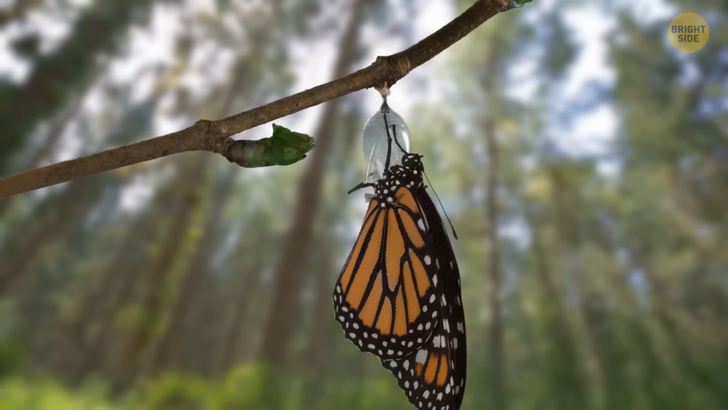
Flies sitting on top of other flies? That won’t work either since some of them won’t be able to use their wings. You might consider attaching each fly to a strong filament, which will then be attached to you. You’d need a really strong material to do that but delicate enough to be attached to a fly.
They are not nearly as strong as bumblebees, but butterflies do deserve a place on the honorable mentions list. Sure, they don’t lift and carry things. But they do need their strength to avoid predators and to be able to fly. And, most important of them all, they need to be powerful enough to come out of their cocoons so that they can develop properly.
Once the cocoon cracks open, they have to find their way out. Most of them need to flip to get into the best position. Then they need to climb out of their shell. All within minutes, sometimes even seconds. Moths are equally as delicate and fascinating.
They can’t carry a lot either, but some studies have shown they can transport their reproductive partner away from danger when needed. Not only is that really nice of them, but it’s also a sign that moths can carry their own weight mid-flight. However, the distance they travel has to be really short because they lose energy really fast.











